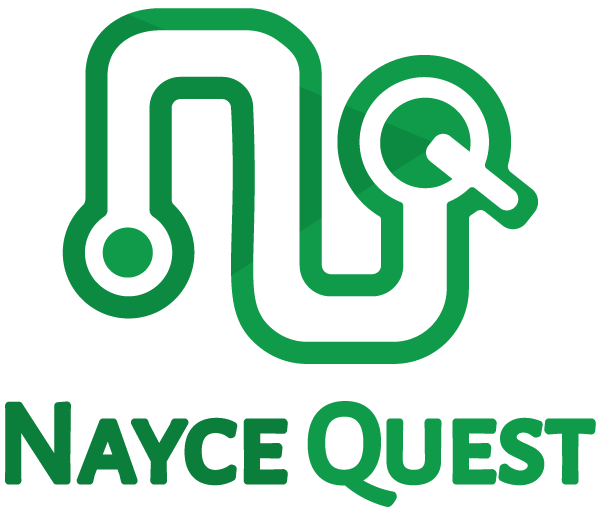Commercializing Diversity
During a recent trip to a big box store, I noticed the 4th of July party products, LGBTQ Pride apparel, and grill appliances for Dad. On June 19th, I noticed corporate social media accounts honoring Juneteenth in recognition of becoming the newest U.S. federal holiday. June has become a diverse month of holidays and recognition. Yet, I feel a sense of unease that the themed displays I see in the store and on social media are just that—displays. Should we celebrate the recognition of diversity with designated holidays and cultural months? Heck yes! But, acknowledgment to recognize diverse populations is one step of many steps if we want to truly make meaning of why we need such a holiday in the first place. If we stop at just acknowledgment, it is easy for diversity initiatives to become a performative check in the box and commercialized.
As I reflect on my experience in diversity work in higher education, I have realized how the commercialization of diversity is standard practice. Want to attract underrepresented students—create a multicultural center. Want to attract LGBTQ students—create a resource center. Want to attract student veterans—create a veterans lounge. On the surface, identity-specific centers provide a welcoming place on campus where people can come together with a shared identity. Building community—check. Suppose we delve deeper into why a center is needed on campus. In that case, we should ask, “what is happening outside of the center to warrant students of a particular identity to retreat to build community?” In other words, once a center is established, the challenges and barriers that identity-based student populations face are not entirely removed.
I need to pause and give a shout-out to student affairs professionals, student leaders, and the few involved faculty who make the magic happen in fostering inclusive spaces on campuses. This work is often taken for granted, mischaracterized as party event planners, and recognition is given to senior leaders who are far from the day-to-day advocacy. I see you, and I know the true impact you’re making on campuses across the country. The reality is more often than not, student affairs and underrepresented students are burdened with counseling and holistically supporting within the specific identity context. Suppose the remainder of campus has not been structured to address the systemic challenges and barriers that result in underrepresented students feeling included in a space that physically separates them from other identities. In that case, there is a lot more work that needs to be done to make the classrooms, the residence halls, dining facilities, and off-campus sponsored events to be truly diverse, equitable, and inclusive. Suppose campuses are creating identity-based centers to attract underrepresented students, but support is not offered throughout campus. In that case, this is the commercialization of diversity.
The commercialization of diversity is not intentional among colleges and universities because the practice is systemic. With publications like U.S. News and World Report rankings that offer specific “Best for [insert identity here],” higher educational institutions have to play the marketing game of appearing diverse and inclusive with little to no financial resources or facing criticism exclusive among specific populations. Laura T. Hamilton and Kelly Nielsen raise this topic in Broke: The Racial Consequences of Underfunding Public Universities to showcase how the UC system used techniques of marketing diversity and public-private partnerships, “tolerable suboptimization,” and colorblind ideologies that ultimately perpetuate systemic inequality under the guise of marketing diversity (2021).
Suppose we really want to claim the title of being diverse, equitable, and inclusive organizations. In that case, we have to go beyond using flashy Instagram posts, and brightly colored campaigns. Creating spaces to build community among identity-based populations is an important step, but we cannot stop there. Take the next step of educating yourself on who is a part of these communities, how have they have and continue to be marginalized today, and most importantly, create meaningful ways to make changes so that the spaces where you are present are inclusive to others. We need to transition from self-promoting color-themed social media posts on our next holiday or identity month and move towards doing the actual work to create DEI spaces everywhere and all year round. Go beyond saying the right thing and DO the right thing—and NayceQuest is on this journey with you.

